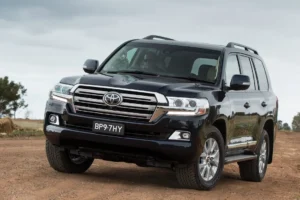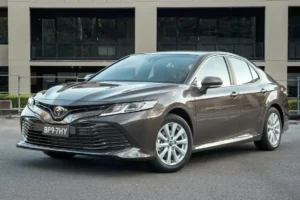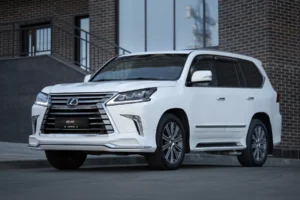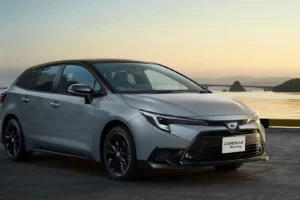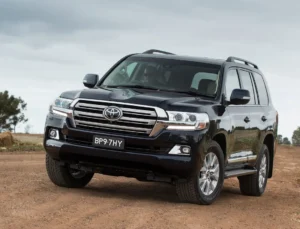Table of Contents
Buying a desktop PC today isn’t just about picking a device that “looks powerful” or fits your budget. It’s about choosing the right tool for how you live, work, and play. With so many models, components, and configurations available, it’s easy to feel overwhelmed or worse, to buy a setup that doesn’t truly match your needs.
The truth is, a system built for gaming isn’t always ideal for professional work. And what suits a video editor might be far more than a student will ever need.
That’s why it’s important to go in with clarity. In this guide, we’ll walk you through 7 essential things to consider before buying a desktop PC, so you don’t just buy fast, you buy smart.
1. Define Your Purpose Clearly
Before diving into technical specs and price comparisons, take a step back and ask yourself a simple but essential question: Why are you buying a desktop PC in the first place?
Your answer to this will influence every decision that follows from the graphics card and processor to storage and even cooling.
If you’re into gaming, your ideal setup should include a high-performance GPU, support for high refresh rate monitors, and efficient cooling to handle heavy loads during extended sessions. For gamers, raw graphics power is non-negotiable.
If you’re focused on video editing, 3D modeling, or rendering, you’ll want a system built around multithreaded CPU performance, a large amount of RAM, and fast storage, ideally a solid-state drive. Creative software thrives on speed and multitasking power, so every component needs to support those workflows.
But if your needs are simpler like working from home, browsing, using office software, or online learning, a mid-range system with integrated graphics, modest RAM, and reliable storage will likely be more than enough. It’s about balance, not excess.
2. Choose the Right CPU
Once your purpose is clear, the next major decision is your processor — the CPU, which acts as the brain of the system. And in the world of desktop PCs, this is where many buyers either overspend or underestimate what they need.
The first choice usually comes down to Intel vs. AMD.
If your tasks depend on strong single-core performance like casual gaming, web browsing, or office tasks Intel chips often lead in that category, especially in their newer generations. They’re fast, reliable, and great for focused tasks that don’t require heavy multitasking.
On the other hand, if you’re planning to do video editing, content creation, streaming, or any kind of multitasking, AMD is widely favored for its multi-core performance and competitive pricing. AMD’s Ryzen series, for instance, has gained serious ground in recent years for offering great value across various use cases.
Equally important is the generation of the CPU. It may be tempting to save money by going for an older model, but this often leads to compatibility issues and shorter system lifespan. Ideally, choose a processor from the latest generation or one generation behind it ensures better support for newer software and keeps your system relevant longer.

3. Understanding How Much RAM You Really Need
When it comes to RAM, more isn’t always better but not having enough can seriously limit what your PC can do. RAM determines how many tasks your computer can handle at once and how smoothly it performs under load.
If you’re using your desktop for everyday tasks like web browsing, word processing, or light media consumption, 8GB of RAM will typically get the job done without issues.
For gaming, 16GB is considered the sweet spot. It allows you to run modern titles smoothly while leaving room for background applications, streaming, or multitasking.
For more intensive workloads such as video editing, 3D rendering, or using virtual machines you’ll likely need 32GB or more, depending on the software and complexity of your projects.
But here’s the important part: When buying a desktop PC, don’t just look at how much RAM it comes with. Make sure the system has available slots and upgrade potential. The ability to add more RAM later gives your PC long-term flexibility and saves you from having to replace the entire machine too soon.
4. Choose the Right Storage Setup
Storage decisions are about much more than just choosing how many gigabytes you want. In reality, it’s about how fast your system feels during daily use, and how efficiently it handles large files or multitasking.
Traditional hard drives (HDDs) are still popular because they’re relatively cheap and offer large capacities, making them great for storing bulk files like photos, videos, or game libraries. The downside? They’re slow both in boot times and file access speeds.
Solid State Drives (SSDs), on the other hand, are much faster and make a noticeable difference in performance. An SSD will help your system boot in seconds, open apps instantly, and feel more responsive overall.
If you’re buying a desktop PC today, the ideal setup is a combination of both:
- An SSD (even a small one) for your operating system and essential programs.
- An HDD for storing larger files, backups, or games.
This hybrid approach gives you the best of both worlds speed where it matters, and space where it’s needed. And in 2025, having an SSD isn’t a luxury; it’s practically a requirement for a smooth, modern computing experience.
5. Cooling and Case Design Matte
When you think of performance, the graphics card or GPU often makes the biggest difference, especially for users who rely on visuals. Whether you’re editing videos, working with 3D designs, or gaming, your GPU handles the heavy visual lifting.
If your needs are strictly office-related, such as email, spreadsheets, or light browsing, an integrated GPU (built into the CPU) is usually more than enough.
But for anything beyond that like modern gaming, video production, CAD work, or using multiple monitors a dedicated GPU becomes essential. These standalone cards provide the graphical power that integrated chips can’t match.
And here’s the catch: when buying a desktop PC, upgrading your GPU later can be expensive and sometimes complicated due to size, power, or compatibility constraints. So it’s often wiser to invest in the right one upfront based on your intended use.
6. Choose the Right Graphics Card
Good performance means nothing if your PC overheats. That’s why cooling is a vital part of the equation especially for gaming rigs or powerful workstations.
You’ll want to make sure:
- The case has good airflow.
- There’s room for additional fans or liquid cooling.
- Dust filters are included and easy to clean.
If you’re buying a desktop PC with powerful internal components, poor cooling will shorten its lifespan and degrade performance under load.
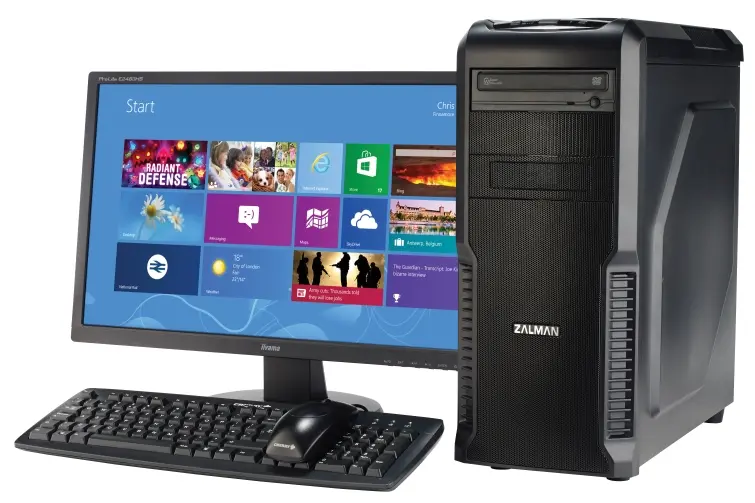
7. Future Upgradability
Technology evolves fast and your needs might too. So when buying a desktop PC, think beyond your immediate requirements.
Ask yourself:
- Can I add more RAM later?
- Is there space for another hard drive or SSD?
- Can the power supply handle future GPU upgrades?
- Are the motherboard and case standard-sized or proprietary?
The best desktop PCs aren’t just powerful, they’re also modular and easy to expand when needed.
In the end, when it comes to buying a desktop PC, it’s easy to get caught up in flashy specs or cheap deals. But smart buyers focus on balance choosing a system that fits their current tasks and leaves room to grow.
Take your time. Ask the right questions. Match the machine to your real needs.
Because a desktop PC isn’t just a purchase it’s your workstation, your entertainment hub, your creative outlet. And if you choose wisely, it’s a companion that will serve you well for years.



